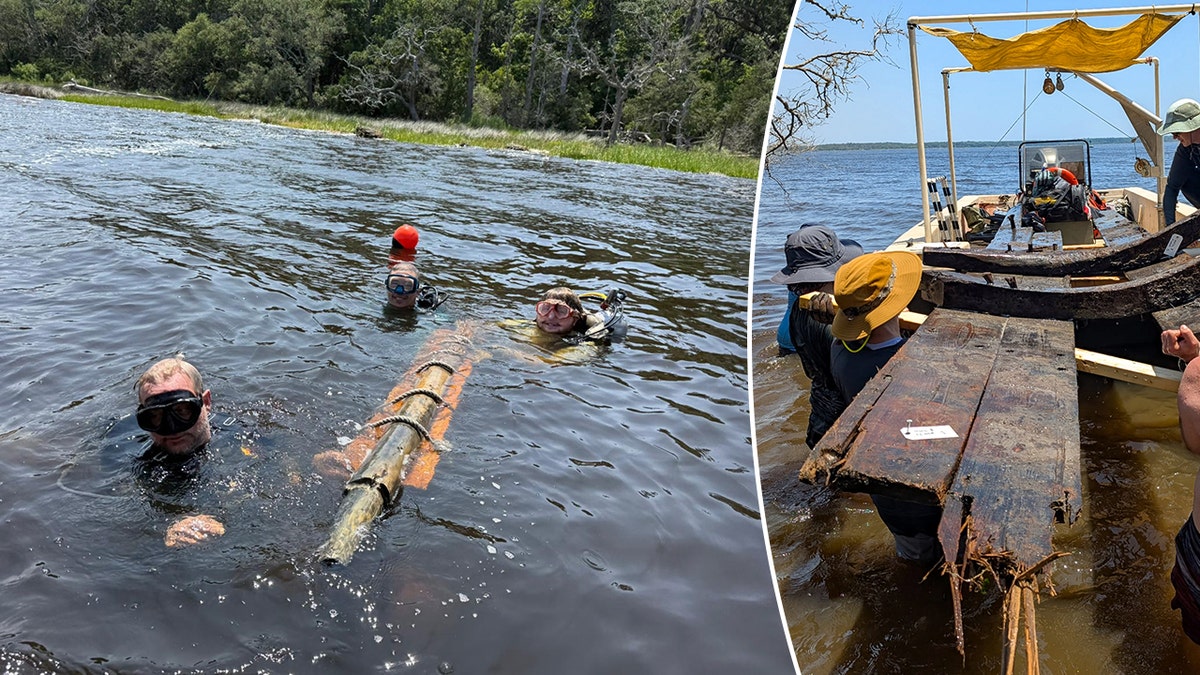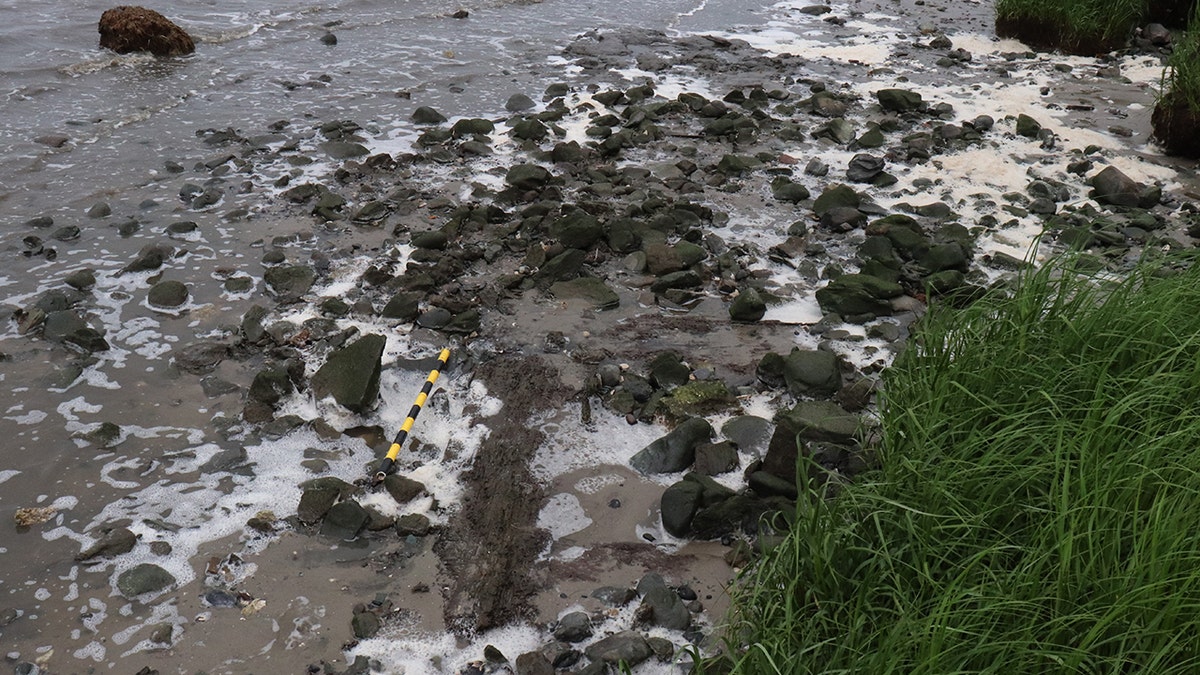Archaeologists May Have Found 1748 Exploded Enemy Ship in North Carolina River
East Carolina University team uncovered four 18th‑century wrecks at Brunswick Town/Fort Anderson, including timbers likely from Spanish privateer La Fortuna
Archaeologists in North Carolina say they have uncovered four 18th‑century shipwrecks along the Cape Fear River, including what may be the exploded enemy vessel La Fortuna that attacked Brunswick Town in 1748.
East Carolina University announced the finds July 24 after a field crew working at the Brunswick Town/Fort Anderson state historic site documented 63 wooden shipwreck timbers this spring. ECU maritime archaeologists believe 47 of the timbers are part of La Fortuna, a Spanish privateer from Cuba that fired on the port during King George’s War and exploded near the town’s wharves; the ship had not been seen since the 1748 engagement.

The remains emerged from river mud within two weeks of the start of ECU’s summer field school, a stroke of luck that likely prevented the wrecks from being lost to accelerating coastal erosion, said Jeremy Borrelli, a staff archaeologist with the university’s maritime studies program. “If luck hadn’t been on our side, the wreck might be lost forever from the coastal erosion impacting the historic site’s shoreline,” Borrelli said.
The team worked this spring at the Cape Fear site, a location long known for colonial‑era activity tied to Brunswick Town and the nearby Fort Anderson. Archaeologists recorded the extent of the exposed timbers, took measurements and conducted preliminary documentation consistent with standard maritime archaeological practice. The announcement did not say whether artifacts beyond the timbers were recovered.
La Fortuna is recorded in colonial accounts of the 1748 attack during King George’s War, one of a series of conflicts often grouped under the French and Indian Wars in North America. Contemporary reports describe the privateer engaging the port and then exploding near the wharves at Brunswick Town; the precise wreck location had remained unknown for nearly three centuries.
The discoveries add to a growing body of archaeological evidence along the Cape Fear that illuminates colonial coastal commerce, warfare and settlement patterns. Shoreline change and sediment movement in the estuary have both obscured and, at times, revealed buried cultural resources. Coastal erosion has emerged as a major threat to low‑lying historic sites in the region, prompting field teams to accelerate documentation when timbers or features become exposed.

East Carolina University’s program in maritime studies said the spring field school gave students and staff the opportunity to practice in‑field recording methods and to assess the condition of the timbers for possible conservation. The program did not release an immediate timetable for further excavation or conservation work.
The Brunswick Town/Fort Anderson site has long been a focus for historians and archaeologists because of its role in 18th‑century colonial trade and military activity. Discoveries such as these provide physical evidence that complements documentary records from the period and can help refine understanding of specific events, such as the 1748 attack, and the broader maritime landscape of colonial North Carolina.
Archaeologists plan to continue monitoring the shoreline for further exposures and to evaluate options for preserving the newly documented timbers. Additional analysis, including dendrochronology or wood species identification, could help confirm the timbers’ provenance and more precisely date the remains, but ECU has not announced any such studies to date.
The field school and its discoveries underscore the continuing role of on‑site archaeological work in revealing elements of early American history that documentary sources alone cannot fully resolve.